In 2014, the PKK provided significant support in defending Iraq and the Kurdistan Region against ISIS, filling critical gaps left by other forces, according to Rojnews.
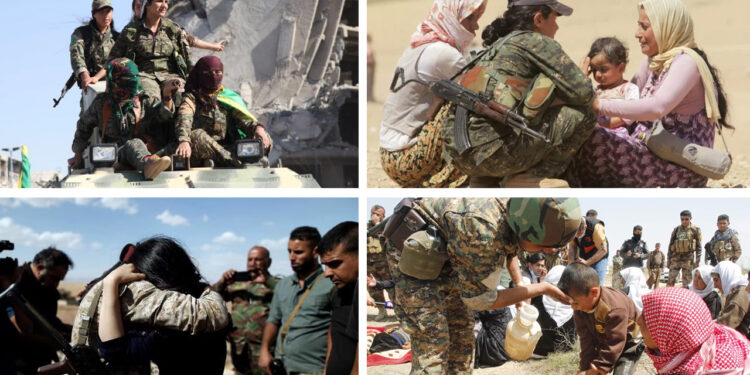
In 2014, as ISIS occupied Mosul and threatened the Kurdistan Region of Iraq (KRI), PKK guerrillas were requested by the Kurdistan Regional Government (KRG) to assist in the defence of the KRI. The PKK responded by deploying forces to critical locations from Sinjar (Şengal) to Kirkuk, often collaborating with Peshmerga forces. Sinjar, the historical homeland to the Yazidi community, is situated in the Nineveh Governorate in northern Iraq. It is located west of Mosul, near the border with Syria.
Rojnews noted that the PKK’s intervention was notable when Turkey did not respond to requests for assistance. “Despite the pleas from Kurdistan authorities, Turkey did not aid, but the PKK stepped in,” the article stated, highlighting the PKK’s role.
In mid-2014, PKK guerrillas joined Peshmerga forces in Celewla after ISIS took control. Guerrilla Mihemed Ebobekir, known as Dêrsim Germiyanî, was among those who lost their lives in the conflict. The PKK’s involvement in defending Kirkuk was also significant. When ISIS attempted to occupy Kirkuk in late 2014, PKK guerrillas, alongside Peshmerga forces, repelled the attack. Peshmerga commander Lîwa Şêrko Fatih Şiwanî remarked, “Without the guerrillas, Kirkuk would have fallen.”
According to the report, on 3 August 2014, after Kurdistan Democratic Party (KDP) forces withdrew from Sinjar, ISIS carried out the 73rd genocide* against Yazidis. PKK guerrillas arrived to support the Yazidis, playing a crucial role in saving many lives. Nine guerrillas, using a single Dushka**, defended thousands of Yazidis until additional reinforcements arrived.
Rojnews also highlighted the PKK’s contribution to liberating Sinjar. After establishing the Sinjar Resistance Units (YBŞ) and Sinjar Women’s Defence Units (YJŞ), they launched operations that freed several villages. On 13 November 2015, the PKK’s military wing, the People’s Defense Forces (HPG), and the YBŞ liberated the centre of Sinjar.
The PKK’s efforts extended to defending Makhmour (Mexmûr), located in the Erbil (Hewler) Governorate of the KRI. Makhmour is notable for its refugee camp, which houses Kurdish refugees from Turkey. When ISIS attacked in August 2014, PKK guerrillas quickly mobilised to protect the town and its residents, leading to the liberation of Makhmour and its surrounding areas by mid-September.
A US lawsuit filed by the Kurdistan Victims Fund accusesthe KDP leader Masoud Barzani and his Peshmerga forces of complicity in the 2014 Yazidi genocide in Sinjar. The lawsuit alleges that Barzani orchestrated the disarmament and abandonment of Yazidis, facilitating the ISIS-led genocide. Testimonies from survivors recount how Peshmerga forces blocked escape routes and withdrew without warning, leaving Yazidis defenceless against ISIS.
The Free Yazidi Women’s Movement (TAJÊ) has submitteda detailed report to international bodies, including the European Court of Human Rights and the German Foreign Ministry, demanding the trial of the KDP for its alleged role in the 2014 Yazidi genocide in Sinjar.
(*) The term “73rd genocide” refers to the Yazidi belief that they have faced 72 prior genocidal massacres throughout their history, with the attack by ISIS on 3 August 2014 being the 73rd. This historical context is rooted in the Yazidis’ long history of persecution, primarily in the Middle East. Each instance of mass violence and attempted extermination against the Yazidis is considered a “genocide” in their cultural and historical narrative. The 2014 genocide by ISIS is seen as the most recent and one of the most devastating attacks, leading to significant loss of life, abductions and displacement within the Yazidi community.
(**) A “Dushka” is a colloquial term for the DShK (ДШК in Cyrillic), a Soviet heavy machine gun. The full name is “Degtyaryov-Shpagin Large-Caliber”, named after its designers Vasily Degtyaryov and Georgi Shpagin. It was introduced in the 1930s and is known for its powerful 12.7mm rounds. The DShK is effective against both ground targets and low-flying aircraft, making it a versatile and formidable weapon in various combat scenarios. It has been widely used in many conflicts around the world due to its reliability and firepower.


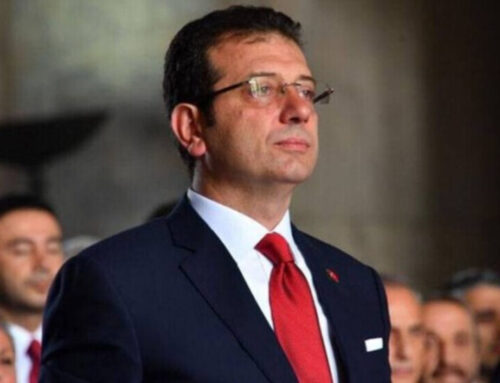
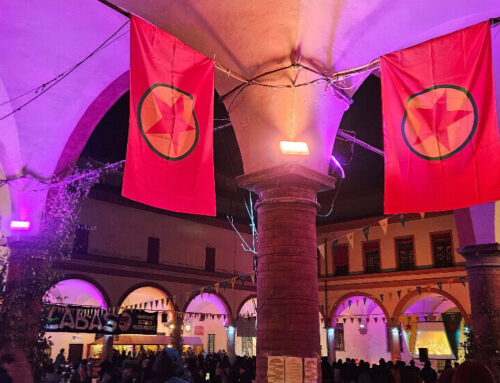

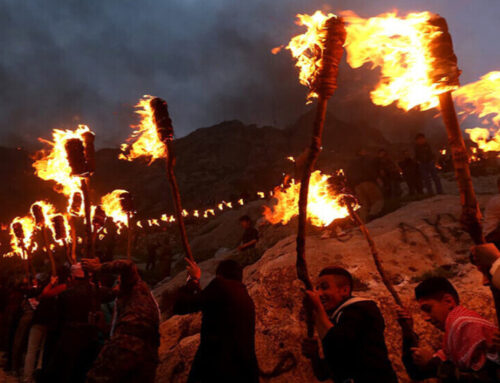
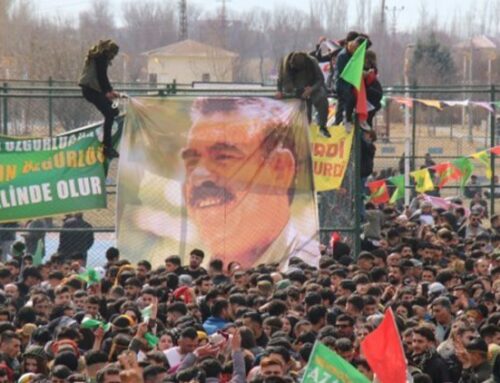

Leave A Comment